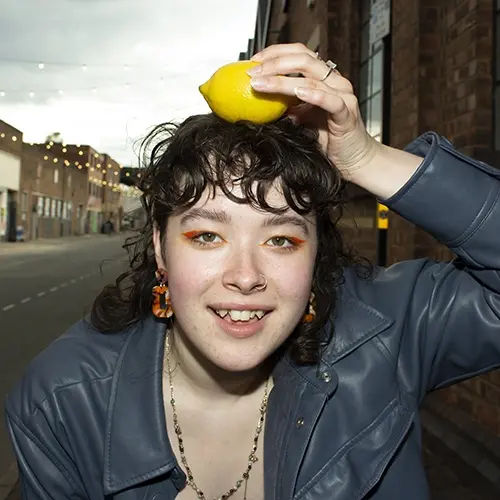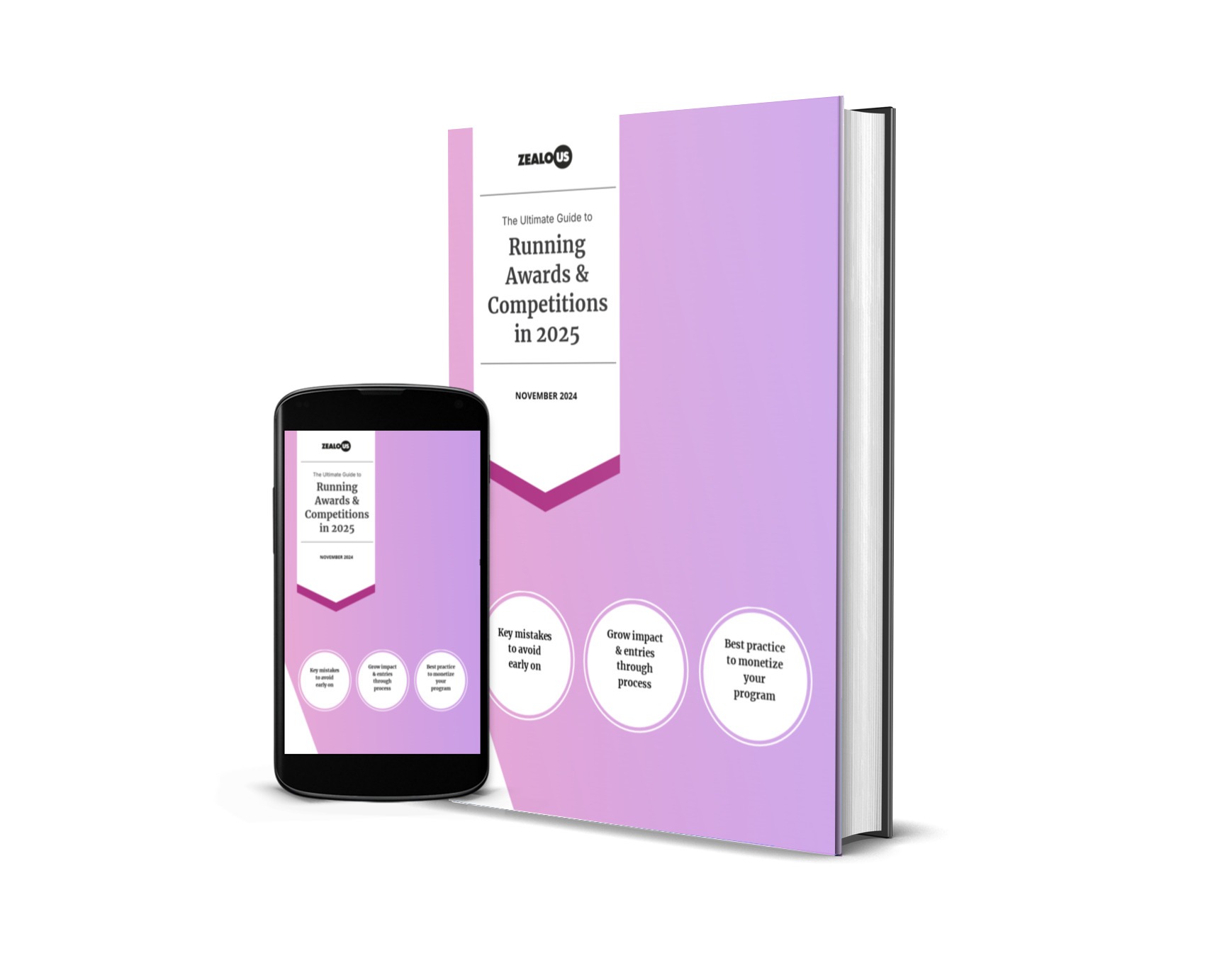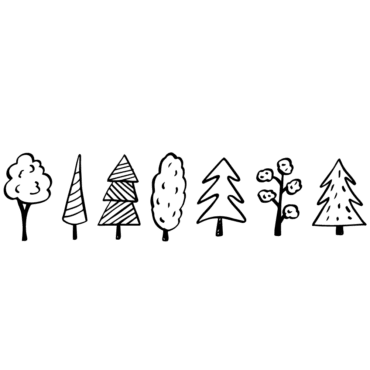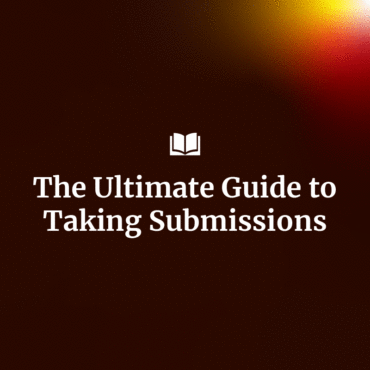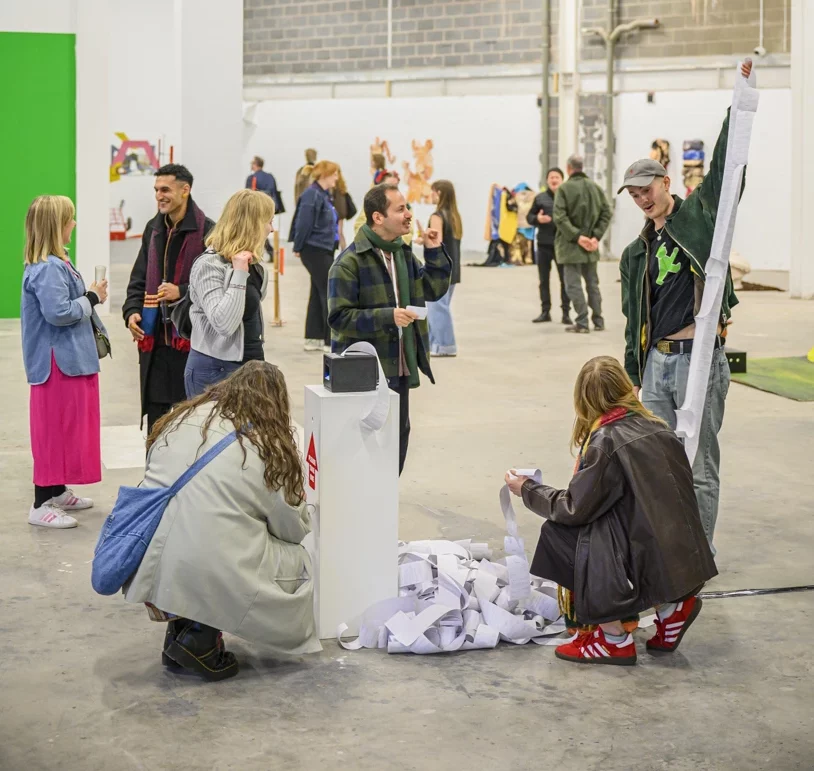As well as creating collages using magazine cuttings and her own photography as her source material to inform her large-scale mixed media paintings, Jennifer has moved in to moving image to explore the narratives in her paintings.
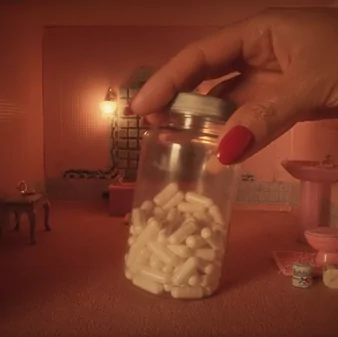
Congratulations on coming 2nd in Zealous Amplify: Mental Health and Wellbeing! What is currently on your mind?
Hi, I have so much on my mind as always, mainly paintings. I think about painting all the time. I also have my next film on my mind…
Your winning entry, ‘Hear My Cry’, is your first film which tells the story of her experience having post-natal depression. How did it feel to share such a personal story with the world?
At first it made me feel quite vulnerable, and I did contemplate sharing it to the world for a short while, but that feeling was quite fleeting as nothing made me feel as vulnerable as post-natal depression did. I felt that my story was a really important story to tell on behalf of so many other women who suffer in silence, so that drive overtook the vulnerability factor.
Your winning entry, ‘Hear My Cry’, is your first film which tells the story of her experience having post-natal depression. How did it feel to share such a personal story with the world?
At first it made me feel quite vulnerable, and I did contemplate sharing it to the world for a short while, but that feeling was quite fleeting as nothing made me feel as vulnerable as post-natal depression did. I felt that my story was a really important story to tell on behalf of so many other women who suffer in silence, so that drive overtook the vulnerability factor.
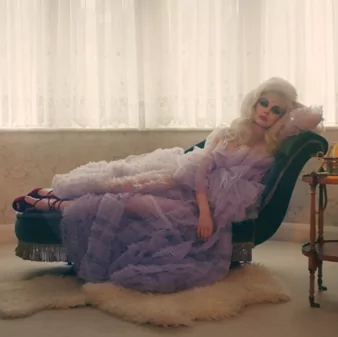
Your practice began as collages using magazine cuttings and your own photography as your source material to inform your large-scale mixed media paintings. What inspired your move into film?
This story is surprising even to myself, as it all happened quite organically and looking back it happened serendipitously. The film found me. I came out of hospital from having some treatment with PND and it was immediately the beginning of the first lockdown in the Covid-19 pandemic. I was really scared to be yet again disconnected from people, but there was a silver lining as there always is. It allowed me to reconnect to myself whilst healing. One day I walked down my local street past a charity shop and there was a red tulle dress on the mannequin in the window. It resembled a dress that was in one of my paintings. When I finally got into my studio I and saw one of my paintings that I created that year ‘Like There was Never Another Reality’ I started projected moving image onto it. I then wanted the women in the painting to come alive and tell the story. I emailed a friend of mine who is a director and 8 weeks after our first meeting the film was made.
The film itself is so beautifully shot. From the costumes and backdrops, to props and creative direction, the film is full of symbolism. What was the process of putting it all together?
It started with a lengthy personal written account of my experience with the illness, including poems I had written and excerpts from my diary. The treatment of the film was then decided upon. I made all the props in my studio which included the doll’s house that we filmed in, the floral skirt she was wearing in the dream sequence, the 2D food. We also used my paintings and clay head sculptures as part of the story. A mood board helped us determine the creative direction, but Beth, Aaron and I were all in agreement as to how we wanted it to look and Beth coming from a fashion background has a strong aesthetic in her work. I then found a location house which was brought the story together.
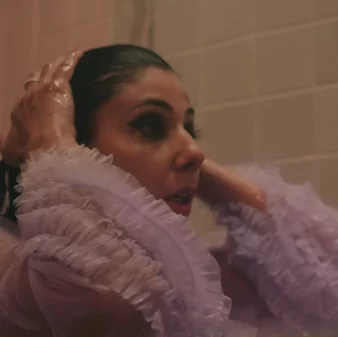
Do you think work like yours can help to change perceptions and spread awareness of mental health conditions like post-natal depression?
I really hope so as this was the main reason for making the film; to create awareness and portray the seriousness of the illness. I think the majority of women suffer in their own way after having a baby, it’s a spectrum, but what I felt going through it was that it was hard to find the right support and find other women I could relate to who felt the same, which eventually became a vital connection to my healing. It is my hope that more people are aware of the symptoms that are presented as the mother in question usually needs the people around her to help her recognise them. It is a dangerous illness and if left untreated can be life-threatening.
What does self-care look like to you?
Making sure I get enough sleeping, swimming and studio time.
You can find Jennifer on her website or her Instagram
Let us know you want us to write more content like this with a love!
Share
Authors
